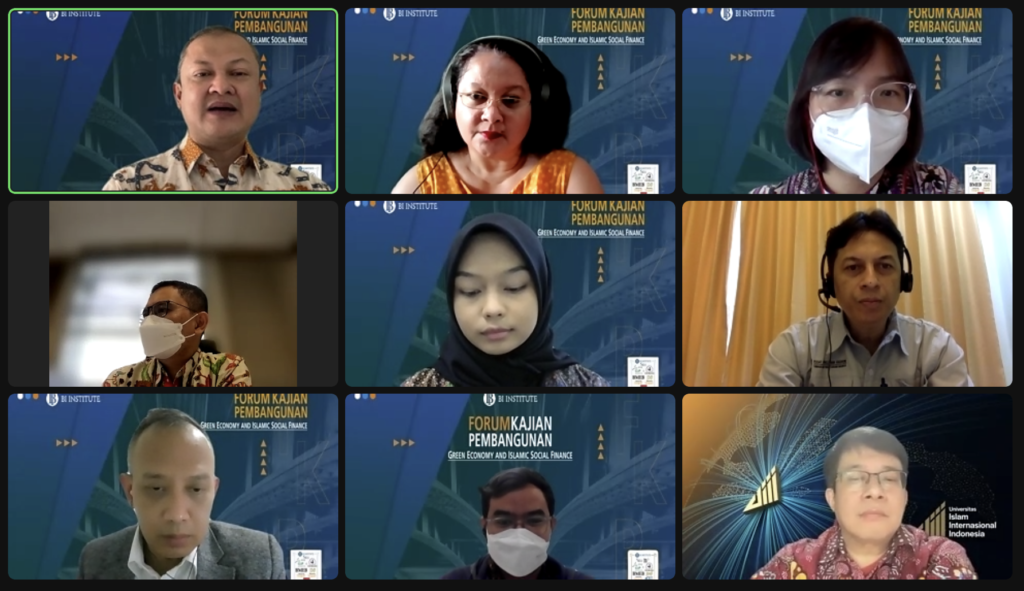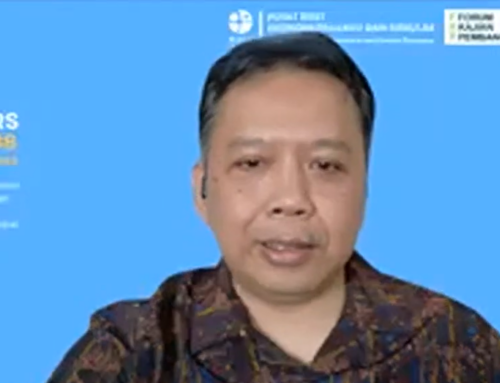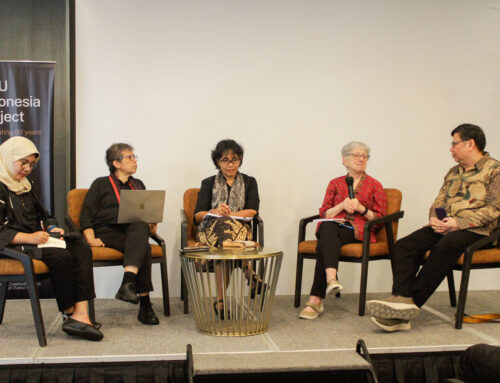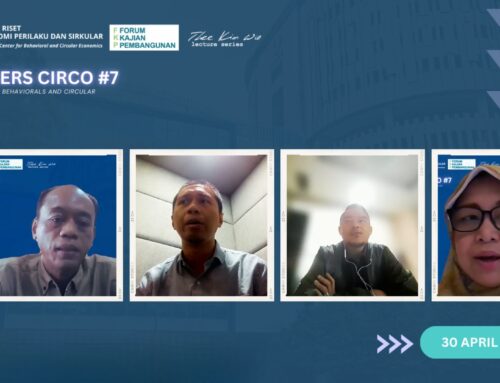FKP hosted by BI Institute with Arnita Rishanty (Bank Indonesia Institute/BINS), Maxensius Tri Sambodo (Badan Riset dan Inovasi Nasional/BRIN), and Dadang Muljawan (Universitas Islam Internasional Indonesia). Friday, 24 Juni 2022.
KEY POINTS:
- Bioenergy in the form of biodiesel and bioethanol will not be sufficient to fulfill demand for bioenergy. Palm oil mill effluent (POME) generated by palm oil mills can be utilized as a source of power generation in the form of BioCNG. Utilisation of POME not only generates power, but also helps capture methane, a greenhouse gas that is even more polluting than CO2. In the first presentation, Arnita Rishanty outlines the findings from a systematic review. The review concludes that there is potential to explore utilisation of POME further, and that the central bank and social planners need to develop an investment ecosystem that supports and incentivizes green investment, including BioCNG plants that utilize POME.
- Currently, the development of social finance has not been reaching its full potential. For example, the collection of zakat funds is still much below expected to sustain economic development. Conceptually, the theoretical model shows how a person will always optimize his utility based on the values he gets within himself, the support from his surroundings, and his experiences when he donates. In the second presentation, Dadang Muljawan and his research team identified the significant factors which may contribute to people’s propensity to donate.
SUMMARY
- Arnita Rishanty from Bank Indonesia Institute explains the role of zero waste bioenergy to lower energy transition risks in Indonesia. Bioenergy development is not enough if only relying on biodiesel and bioethanol. Potential utilization of bioenergy can also be done by utilizing palm oil mill effluent (POME) waste generated from the palm oil mill production process. This study aims to understand the prospect of optimizing the value of the palm oil industry for the provision of clean energy to reduce the risk of energy transition in Indonesia. Instead of increasing the land used for the palm oil industry, which would further damage biodiversity, this study explores how the productivity of the palm oil industry can be increased by utilizing waste using methane capture technology.
- Utilization of POME is doubly of interest because methane, a greenhouse gas, is also widely formed in wastewater from waste originating from POME. Methane reduction is important to reduce GHG emissions because methane gas has a GHG emission effect of 25 times greater than carbon dioxide. The capture of methane for energy is a form of implementing a circular economy that allows the use of waste materials for renewable energy while reducing greenhouse gas emissions and environmental pollution. The reduction of liquid waste from POME is explicitly mentioned in Indonesia’s NDC implementation strategy document.
- The systematic review found that POME can be utilized as a source of power generation and has a great opportunity for utilization in the form of BioCNG (compressed natural gas/CNG from biogas). BioCNG not only can reduce the consumption of diesel fuel, but also LPG. The experience of utilizing POME waste as a source of BioCNG in two companies has shown that it has provided benefits in the form of a source of electrical energy, even methane gas can be stored in the form of BioCNG gas cylinders which can be used for many purposes such as fuel for transportation and cooking.
- The significant problems in bio-CNG development are pricing, financing, infrastructure, and utilization. Pricing, financing, and infrastructure support will increase the utilization of the bio CNG machine and production capacity in supporting the energy transition and energy security. The central bank and social planners need to develop an investment ecosystem that supports and incentivizes green investment, including BioCNG plants that utilize POME. Circular economy practice in the palm oil industry provides the potential to strengthen energy security by delivering electricity in areas that previously did not have access, as most palm oil companies are located in rural areas.
- There is a need to develop innovative mechanisms for the resource mobilization process, particularly the one which supports financial inclusion and provides a positive impact to narrow down economic disparity and widen the production base. Currently, the development of social finance has not been reaching its full potential. For example, the collection of zakat funds is still much below expected to sustain economic development. Research by The second speaker Dadang Muljawan and his team from Bank Indonesia Institute is aimed to develop a conceptual design of the marginal propensity to donate that illustrates the utilization of the Theory of Planned Behavior (TPB) and the utility optimization process of a donor which transpires the transmission of the values into behavior in path analysis and how the donor optimizes his/her choice.
- Conceptually, the theoretical model shows how a person will always optimize his utility based on the values he gets within himself, the support from his surroundings, and his experiences when he donates. By identifying the significant factors which may contribute to the formulation of the decision-making process within himself, we may want to formulate the intervention points to strengthen the intention to donate. The study finds that an individual’s intention to donate is based on his belief that donating will be able to relieve those who are in difficulty while at the same time giving them happiness. In addition, a person prefers to spend more money to pay for his religious duty. Further analysis shows that individual donation behavior based on social motives is higher than for personal pleasure or religious motives. Moreover, the preference of a person in spending his money for paying his religious duties is affected by the efficiency of the agent in utilizing the money for effective and efficient religious programs.





